While standards exist for sustainable structures-“green buildings”-there are no comprehensive guidelines or performance benchmarks for those who want to create and measure sustainable landscapes.
The U.S. Green Building Council (USGBC), a stakeholder in the Sustainable Sites Initiative, anticipates incorporating guidelines and performance benchmarks into future iterations of the LEED (Leadership in Energy and Environmental Design) Green Building Rating System™.
Some of the sustainable landscape solutions currently available are:
- Reduction of stormwater run-off through the use of bio-swales, rain gardens and green roofs and walls.
- Reduction of water use in landscapes through design of water-wise garden techniques (sometimes known as xeriscaping).
- Bio-filtering of wastes through constructed wetlands.
- Landscape irrigation using water from showers and sinks, known as gray water.
- Integrated Pest Management techniques for pest control.
- Creating and enhancing wildlife habitat in urban environment.
- Energy-efficient landscape design in the form of proper placement and selection of shade trees and creation of wind breaks.
- Permeable paving materials to reduce stormwater run-off and allow rain water to infiltrate into the ground and replenish groundwater rather than run into surface waste.
- Use of sustainably harvested wood, composite wood and plastic lumber products for decking and other landscape projects.
- Recycling of products like glass, rubber from tires and other materials to create landscape products such as paving stones and mulch.
- Soil management techniques like composting kitchen and yard wastes, to maintain and enhance healthy soil.
- Integration and adoption of renewable energy, including solar-powered landscape lighting.
